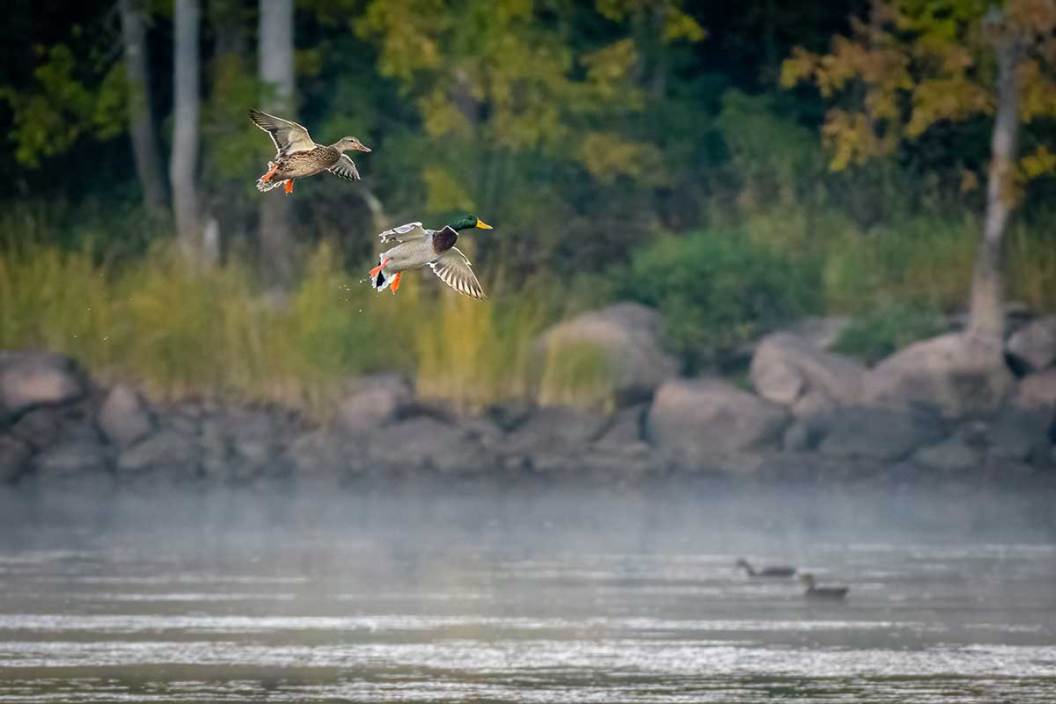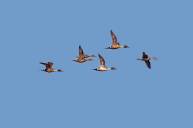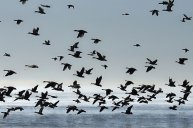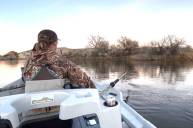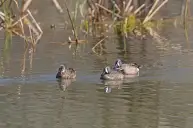The U.S. Fish and Wildlife Service (USFWS) annually releases their waterfowl population survey in an attempt to prepare a species-by-species report on the estimated numbers of waterfowl in North America. Since Covid-19, the FWS hasn't been able to perform this much-needed task, with the last being done in 2019—but after a two-year hiatus, they're back.
Ducks Unlimited recently posted the waterfowl survey numbers and it's not all good news. But before we think the worst, let's remember that this survey isn't exclusively for the duck-hunting community or the bird-watching community, but for everyone. It shows just how remarkable change in the wetlands of North America can be; it affects all of us.
In May and June of 2022 the USFWS and the Canadian Wildlife Service began aerial breeding surveys, which were done by airplane and helicopter, but also included thousands of volunteer ground survey men and women, without whom the survey would not be complete.
The Waterfowl Breeding Population and Habitat Survey (WBPHS) is conducted annually in May and June by the USFWS and their cohorts at the Canadian Wildlife Service. As best they can, these vaunted wildlife organizations provide breeding information of North American duck species as well as geese, coots, and swans.
Toasting the Health of Waterfowl
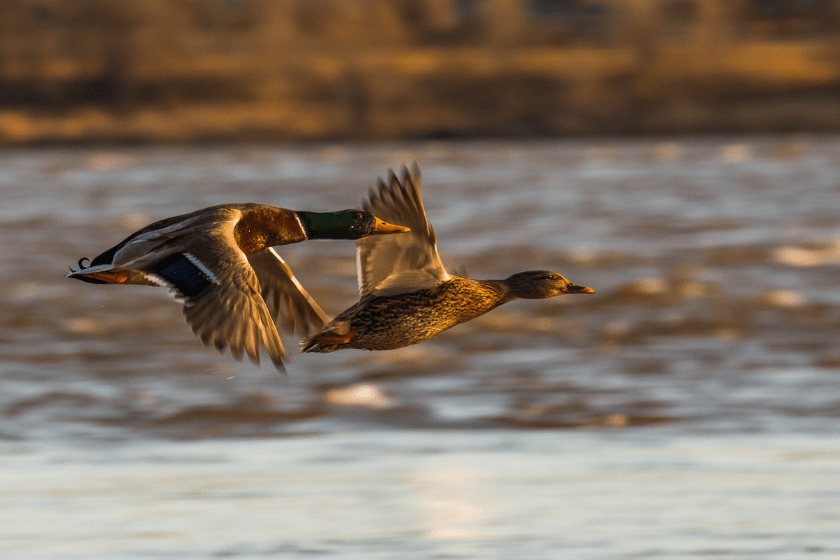
Since it's not enough to look at the spring or the autumn skies to get a handle on waterfowl numbers, these vast surveys containing real data that can be used to glean the overall numbers of waterfowl from Mexico to Canada and beyond.
In the United States the process of establishing migratory bird hunting regulations for waterfowl is conducted annually. Once these numbers are established, biologists can determine which species have lower numbers, and which seem to be increasing their populations. This is why you see bag limits change from season to season, to give some species a rest while allowing for a greater take of others.
The long term averages of North America's waterfowl habitat conditions and overall populations are down since the last survey in 2019, but many areas in the upper midwest had a good to excellent forecast during the May 2022 pond survey. In an ongoing data point, mallard numbers seem to be down both from the last survey and in their LTA, but it's not all bad news.
Two favorites of the waterfowling community have shown great progress; both the redhead and one of our most treasured species, the blue winged teal are up in overall population and from their long term averages. Not only that, but the LTAs of both gadwall and northern shovelers are up.
The downside is that one of the most beloved puddle ducks—the northern pintail—has decreased in numbers.
The Wetlands

Precipitation during late winter and spring helped high pond counts across the eastern prairies, but it still couldn't counter the effects that multiple years of drought in those areas had on waterfowl production. Between agriculture, home building, and population growth, our wetlands continue to dwindle and the lack of rain and snow is evident.
Waterfowl are considered by some to be the canary-in-a-coal-mine when it comes to our water supply and health, making them a great indicator of how extensive the effects of droughts can be. Thanks to surveyors, scientists can put together the good and the bad to make sense of it all, and that's a very welcome thing for everyone. Waterfowl can tell us all of this information in a nutshell just by leading their normal lives. They migrate, breed, rear their young, and then migrate again. If any of these things have become difficult for them, it will show in the numbers, giving us good reason to take a closer look.
Where Waterfowl Hunting Stands
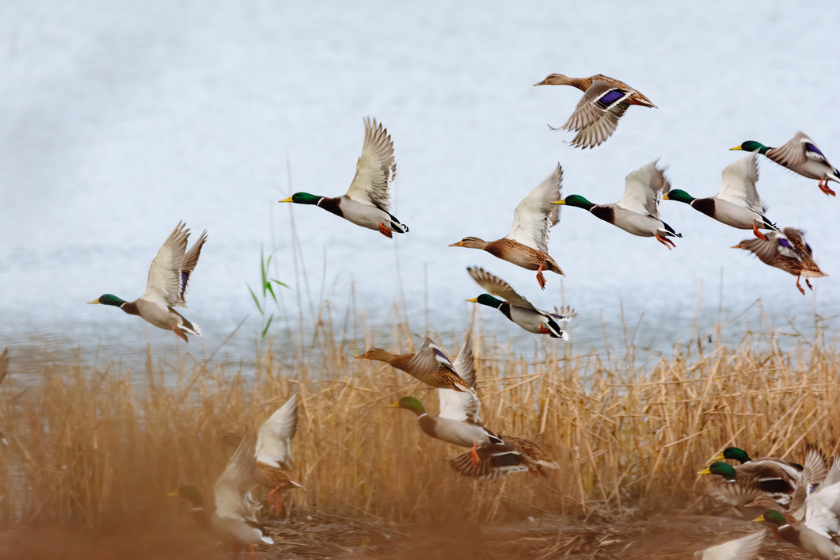
Migratory bird hunting regulations vary, as do daily bag limits. Daily bag limits for ducks are more liberal in the Pacific Flyway and become somewhat more restrictive as you move east across the flyway system. This is all based on survey numbers since some areas have special regulations and some (most) areas have split seasons to give migrating birds a "break" during their long journey.
The survey is the reason why we also see limits on the take of hens and drakes. In the case of Canada geese, so many of these birds have begun to overwinter in their summering areas that many jurisdictions have begun to allow early and late seasons with much higher bag limits to alleviate nuisance birds.
The good news is that the numbers reported in the eastern survey area are up almost across the board, which gives both those creating the regulations and those abiding by them a great place to start. While it is unlikely that one good report will cause an upsurge in bag limits, it does give the waterfowl hunting community something to smile about, including the hope that waterfowl population numbers will continue to climb.
Please check out my book "The Hunter's Way" from HarperCollins. Be sure to follow my webpage, or on Facebook and YouTube.
